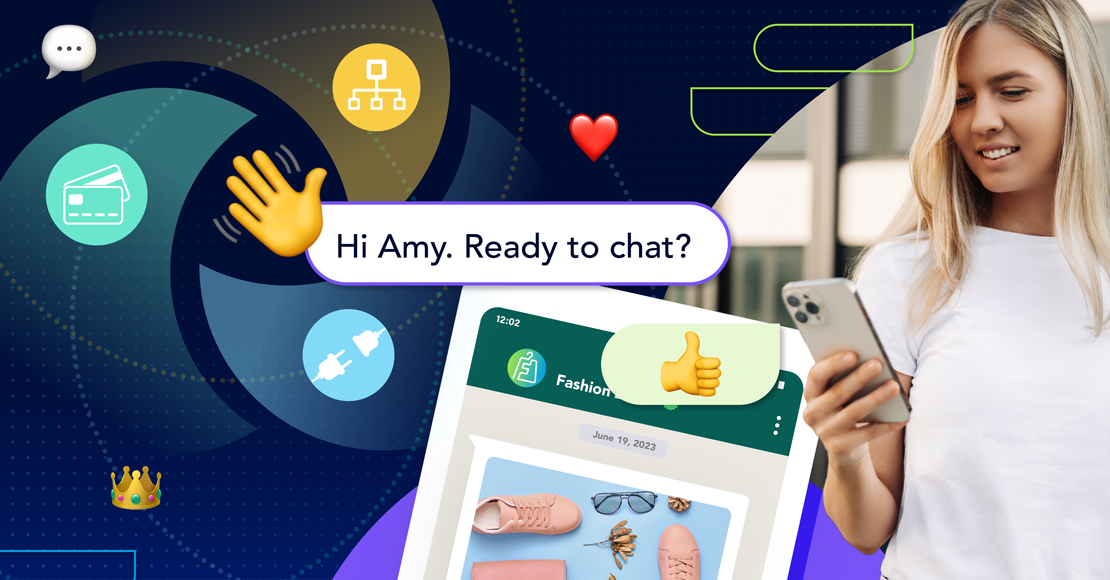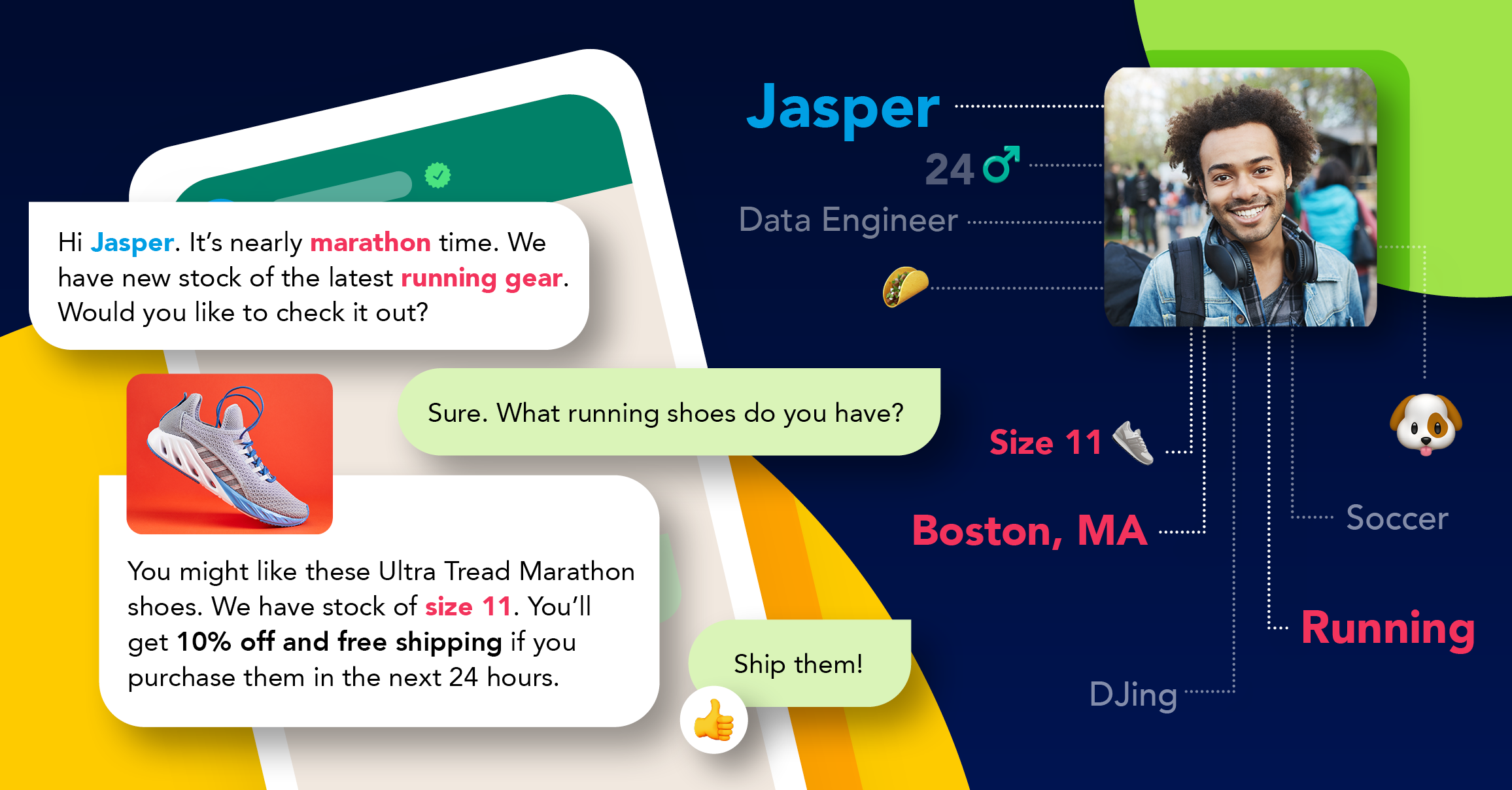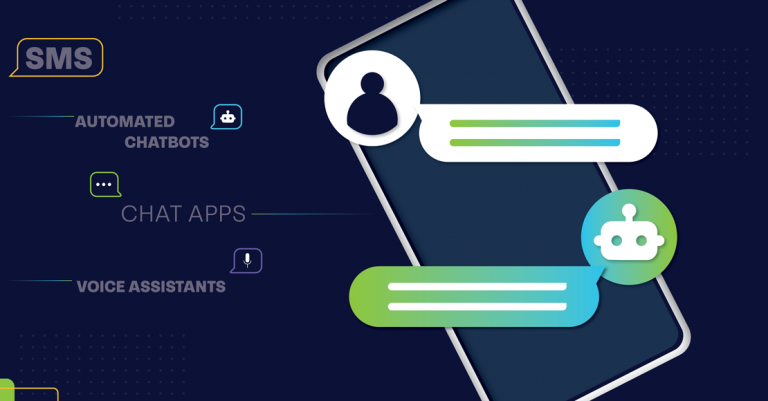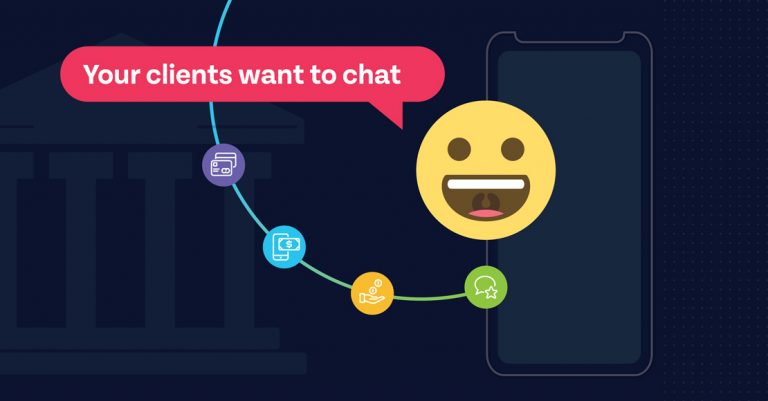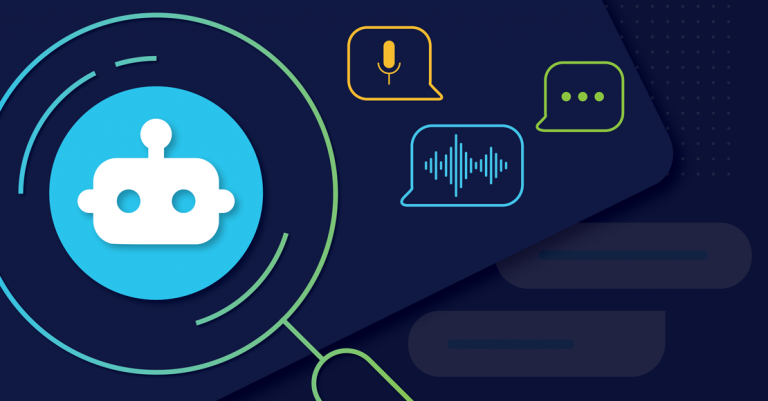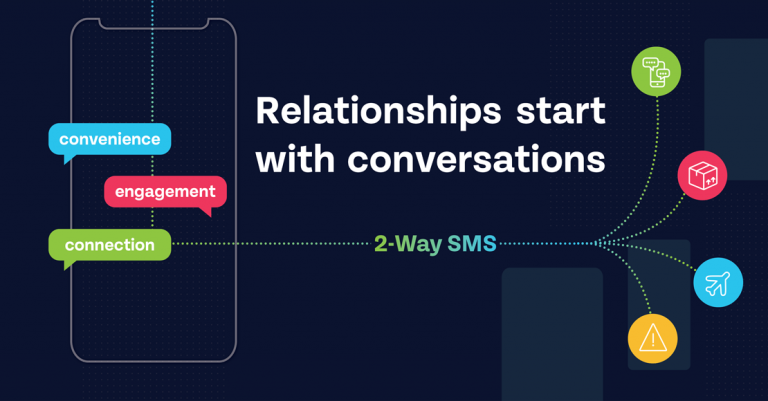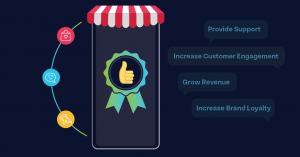
Call centers of the future
Contact centers are facing plenty of challenges as customer needs evolve. From customer communication channels to the types of call center technology used to connect with customers, the ways in which new-age contact centers approach sales and service tasks to need to be convenient and non-disruptive.
These changes are creating pressure for business owners and agents as innovative communication channels such as live web chat, SMS messaging, and social media are becoming the preferred channels for consumers. For contact centers to reach their target and meet customer needs, they need to invest time and money in profiling customers. Instead of blindly calling every name on the contact list, businesses could reduce disruption by utilizing their data to rather send text messages.
The rise of mobile call center technology
With the change in digital technologies, mobile contact centers are now a thing of the present. Call center technology needs to support a mobile workforce, giving agents the opportunity to access customer service from any device, wherever they are. This type of flexibility is vital to maximizing productivity and workplace efficiency. It also provides your team with a competitive advantage.
The times are a-changin’
According to this IBM article, 52% of customers hang up on a customer service calls because they do not have the time to sit in telephonic waiting rooms or their agent isn’t able to assist with their queries. In times like these, employing artificial intelligence resources and chatbots to automatically respond to the generic questions gives humans the opportunity to learn more and upskill themselves for more complex matters.
One of the most evident communication channels that more contact centers are moving towards is texting. This is an easy method of communication where many answers can be programmable and automated. The main reason why customers refuse to speak over the phone is that they no longer have the time to sit through a 30 minute, high-stress conversation with an agent. The more businesses decrease this wastage, the more they can focus on improving their service offering across various other platforms.
Understanding more about artificially intelligent customer service
‘Frustration’ is the result of most customer center services today. Luckily, with the artificial intelligence revolution becoming so innovative, your business can use chatbots to answer questions up to 80% faster, making the customer brand experience more convenient for customers. The times that customers do have an issue that needs to be discussed with a human, agents will have more time to answer those questions thoughtfully, making processes easier for the customer on the other end.
In most cases, customers aren’t too phased about the channels in which providers get in touch with them, as long as it’s not disruptive. Another concern is simply getting the information in real-time when they need it most. Of course, people enjoy speaking to a friendly person as it gives them the chance to associate the voice and friendliness to the brand. But, at other times, they’re really just in need of a quick text.
The importance of human touch
While many companies are starting to replace their workforce with robots, businesses must not forget the need for in-person interactions in the future. As much as customer journeys and behaviors change as a result of the latest digital technologies, teaching your staff how to make use of the latest tools to deliver value-adding personal service is essential in such a fast-moving, competitive space.
The only way that businesses will be able to improve their service is by analyzing their customers’ data to find the answers they need. Artificial intelligence and the Internet of Things (IoT) are important solutions to these problems. Why? Because AI technology can perform analytical activities more efficiently than any human could. Once you’ve generated this information, your trained agents can spend more time really listening to your customers and taking the time to find the best alternative for them.
What does this mean for the future?
The future of customer service is not to completely eliminate person-to-person customer interaction, it’s to combine artificial technology with human intelligence to satisfy customers and meet their expectations. In fact, this is actually a ripe opportunity for contact center career opportunities, as it challenges existing agents to upskill themselves. It’s time to give contact service agents the tools they need to represent their company as best they can. In order for companies to be able to do this, they will need to invest in skills training. Here’s how to combine these two separate assets to help deliver outstanding customer service:
Get to know your customers: Learning about your customers and following their purchasing habits will give you the information you need to adjust your current model to fit their needs. The type of questions you need to be asking your staff is: “when do they need personal help?”, “how do they want to be contacted?” and “what can we do to improve the communication channels?”. The ultimate solution is to make use of an automated system that provides the basics and the rest can be dealt with personally.
Data is the key: Make the most of your customer data to be able to guide your business efforts. The type of data generated will help you to create better interactions and allow you to improve your service options.
Make use of chatbots, artificial intelligence, and IOT: When you incorporate artificial resources, you’ll be able to cover simple and routine tasks with the help from machines, and then use your human resources for more personalized contributions to the business. This means that whenever your customers need more complex support, you’ll be able to assist them. After all, you’ll always need to go above and beyond to engage and interact with your customers to keep them happy.
Final words
While there is plenty of excitement around the latest technologies such as video, real-time messaging, chatbots and artificial intelligence, cryptocurrencies, and self-service, there will always be challenges that go hand-in-hand with these innovations. In such an uncertain market space, it’s critical for teams to focus on their business’s customer experience in its entirety. By taking the time to support your customers and providing them with the information they need, when they need it, you’ll be able to grow your bottom line. Read more about how call center technology can help your business.
Explore other articles
Step into the future of business messaging.
SMS and two-way channels, automation, call center integration, payments - do it all with Clickatell's Chat Commerce platform.

